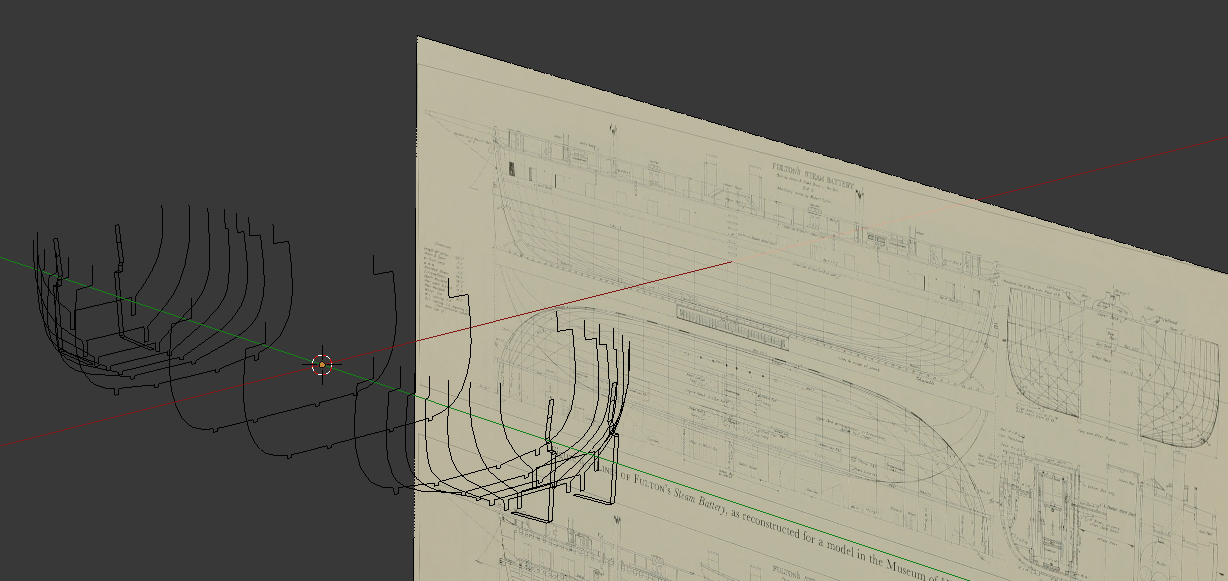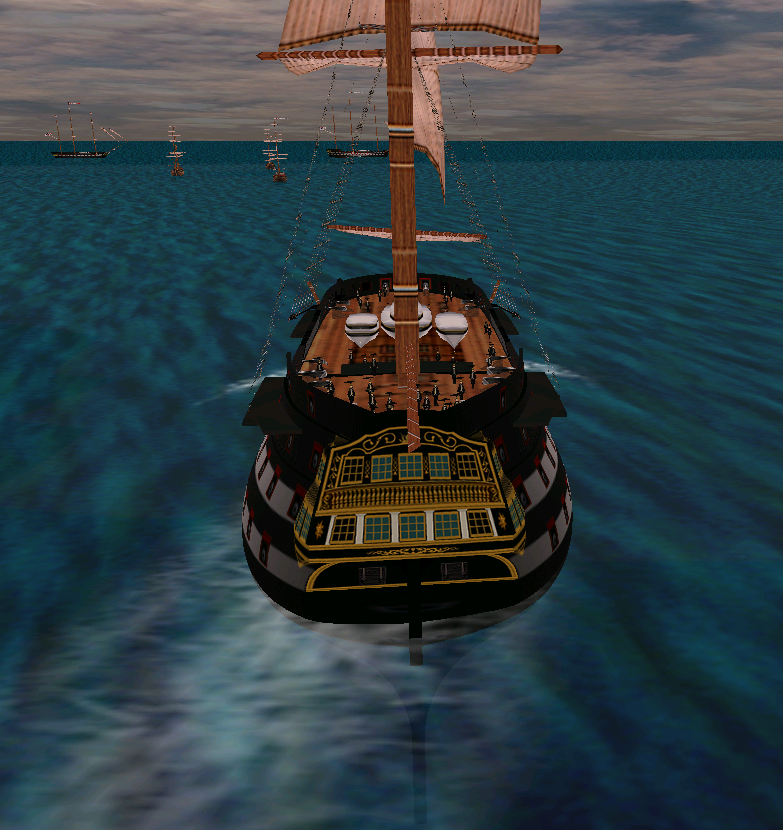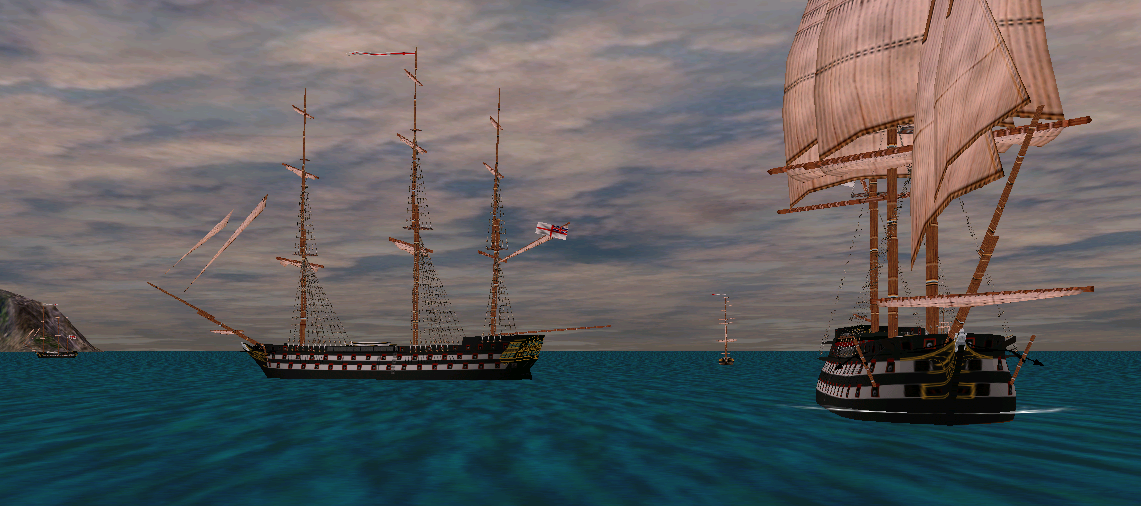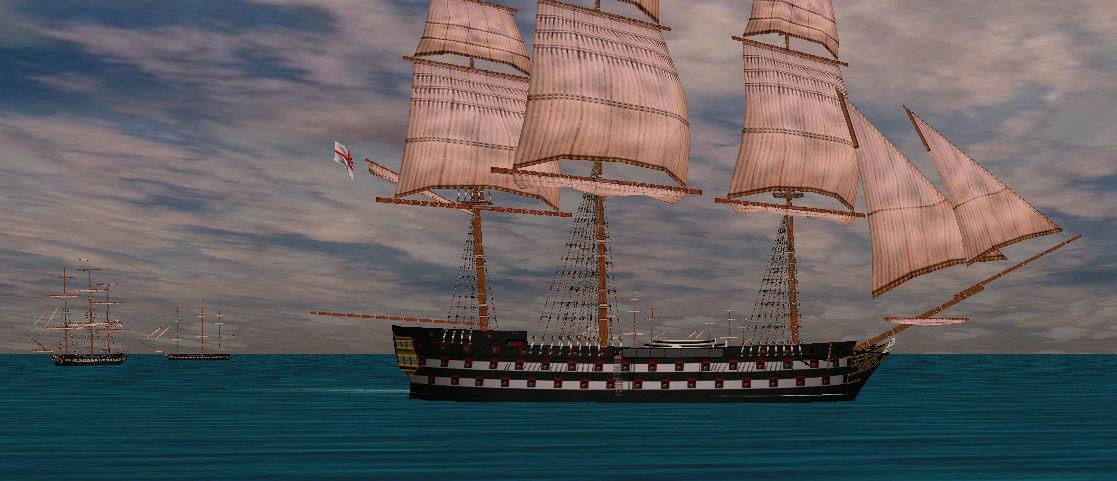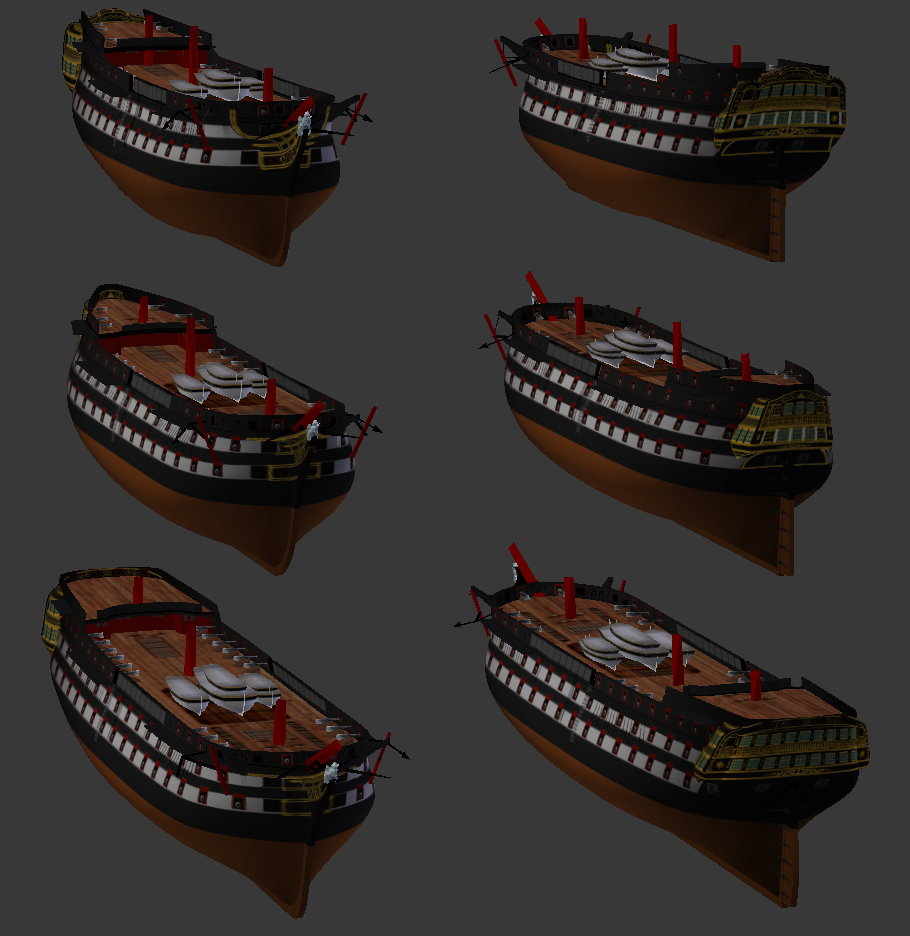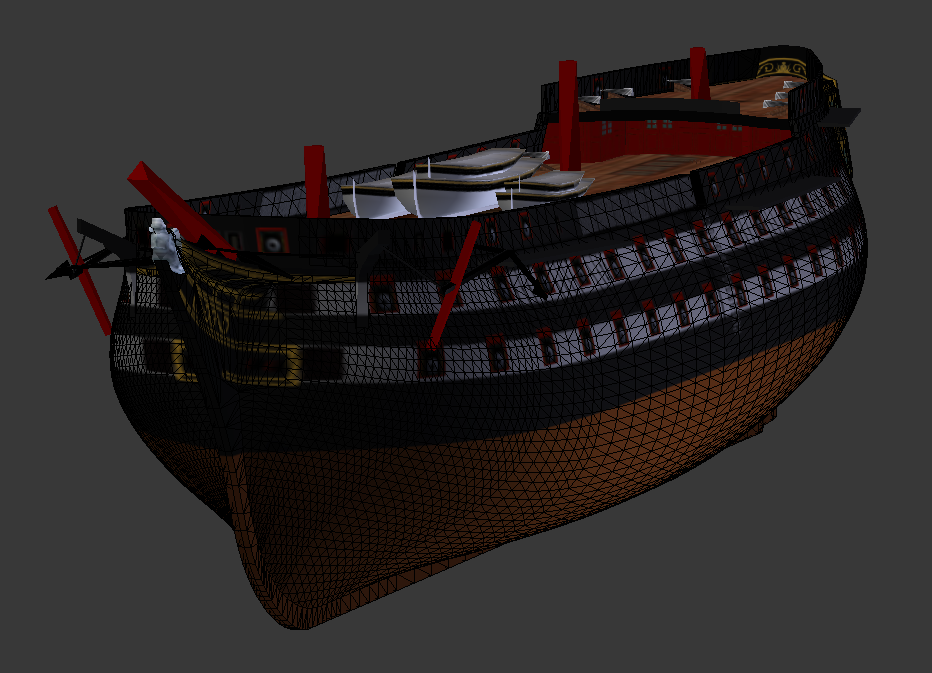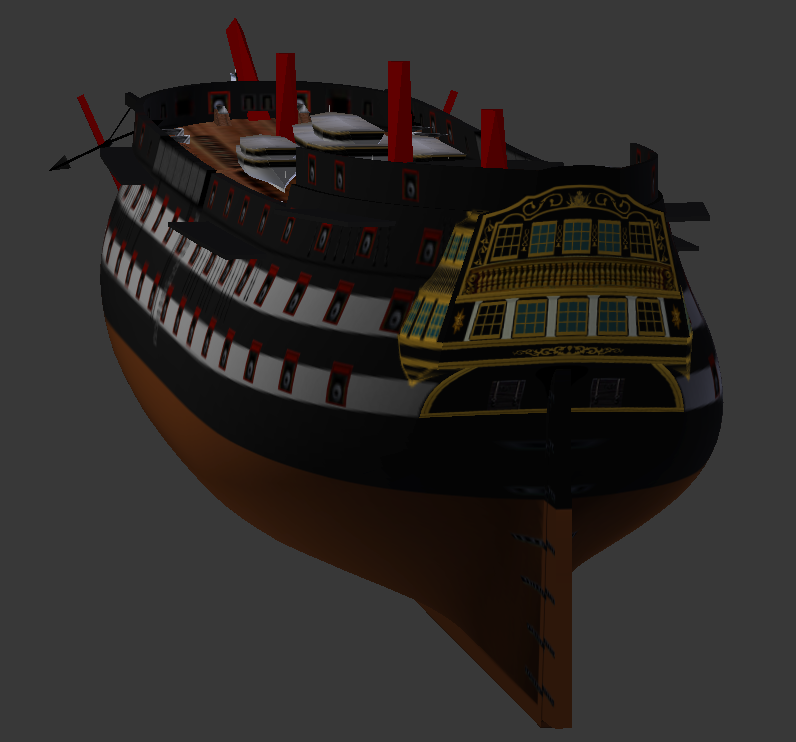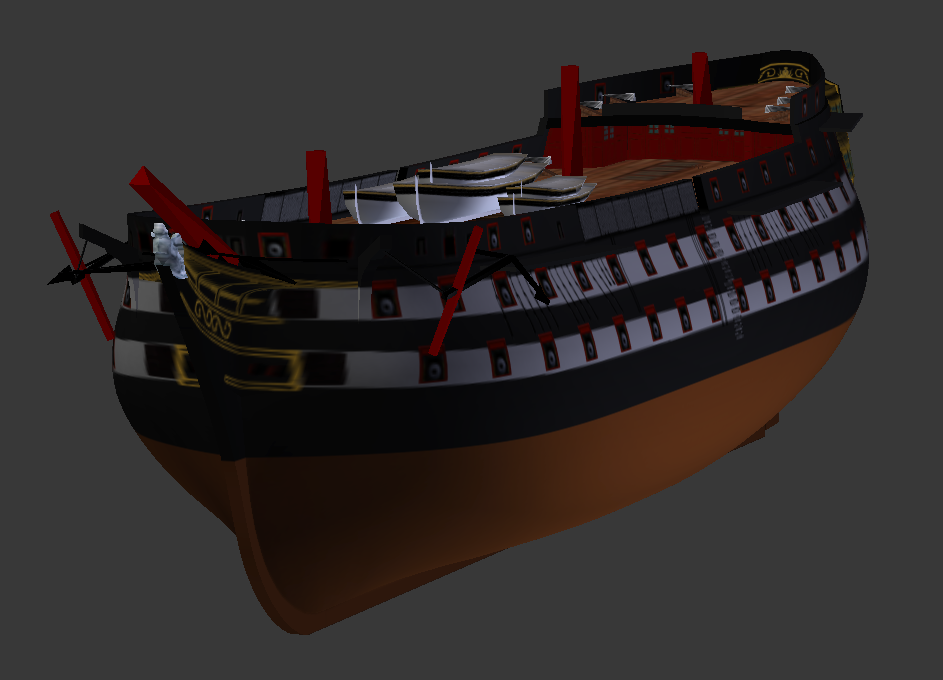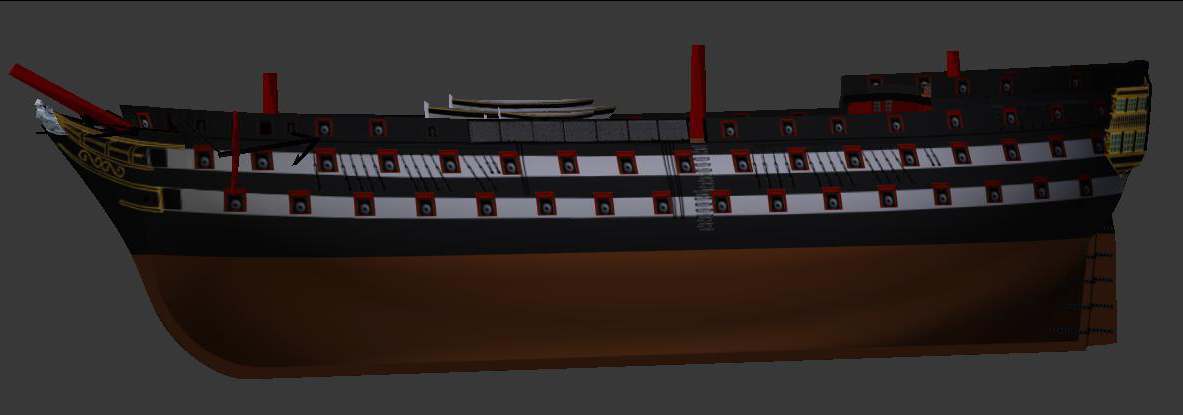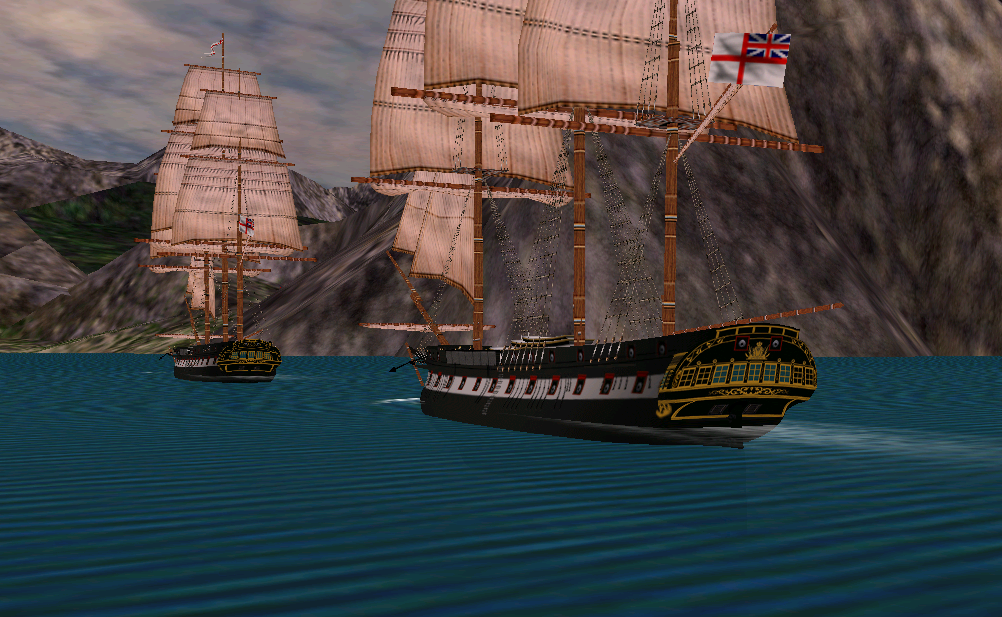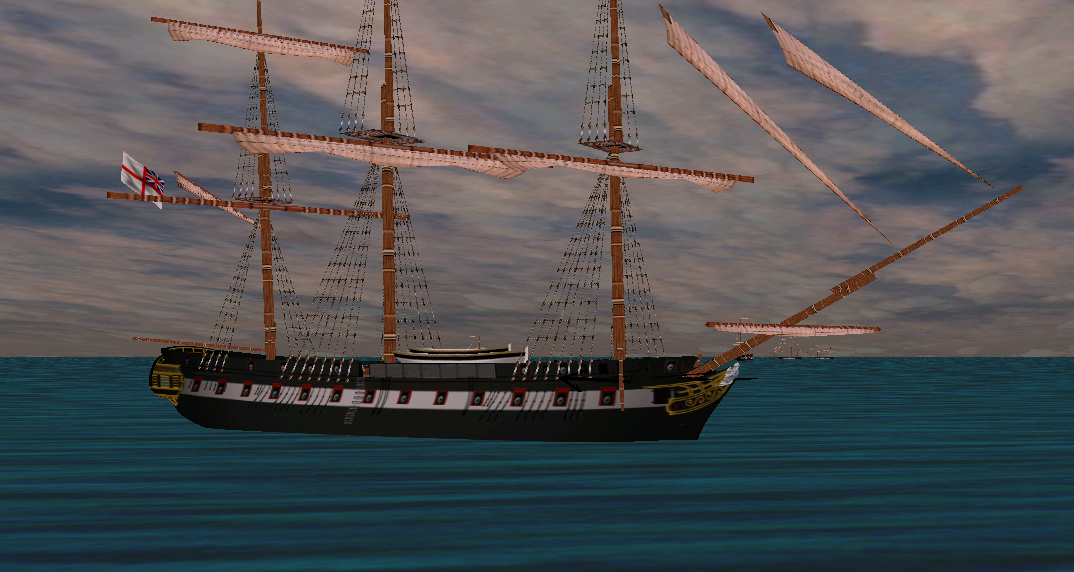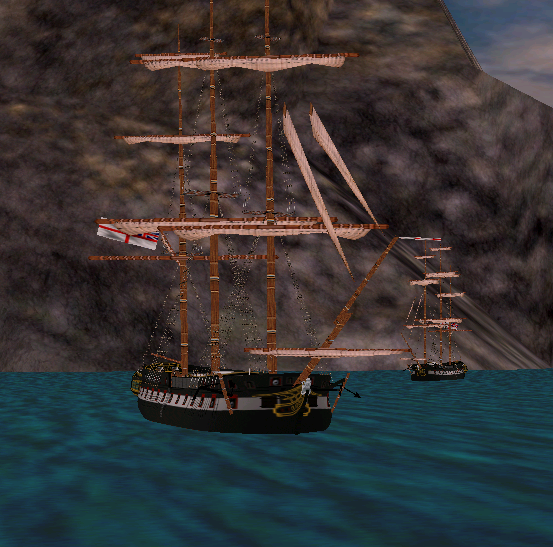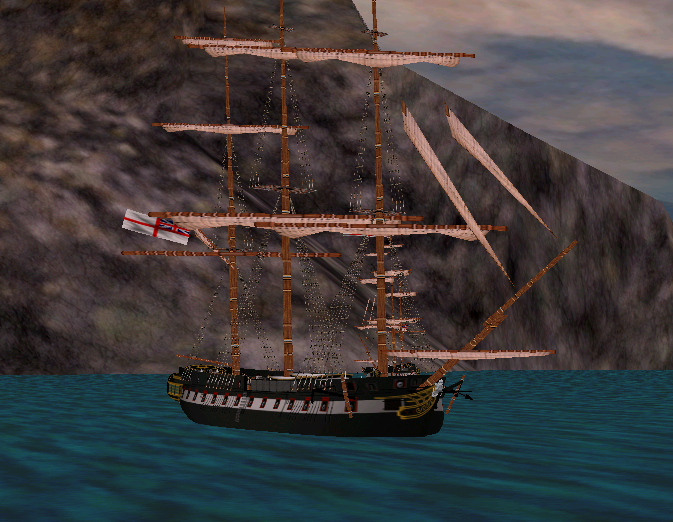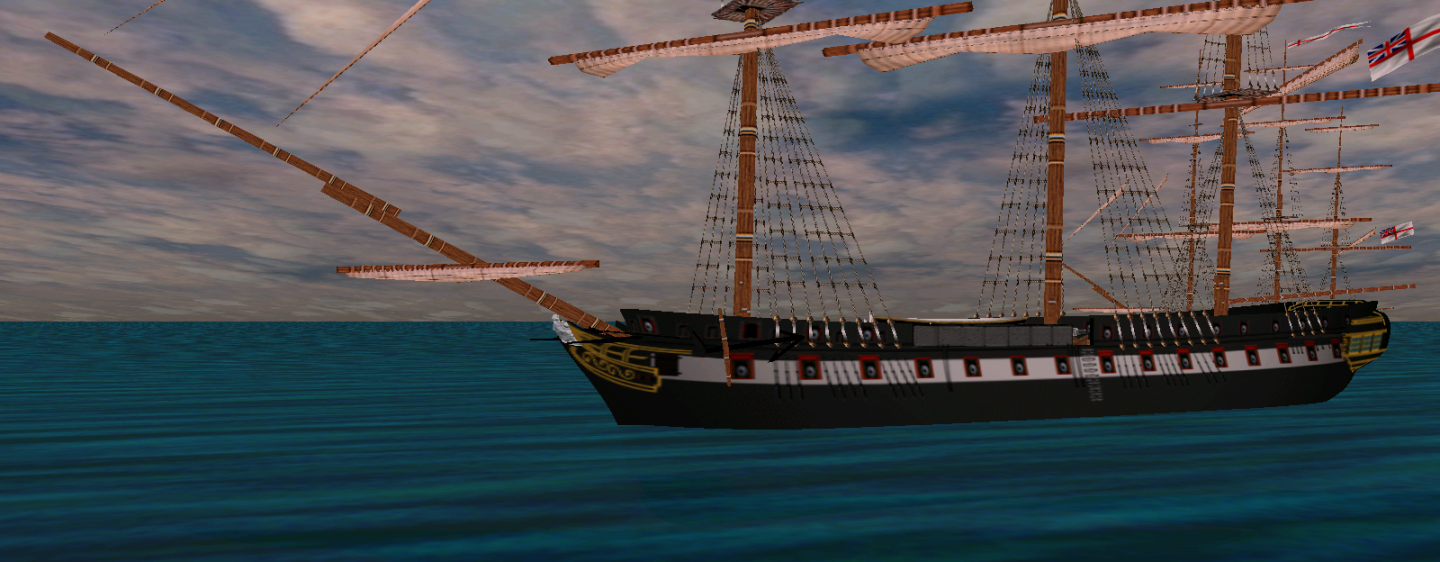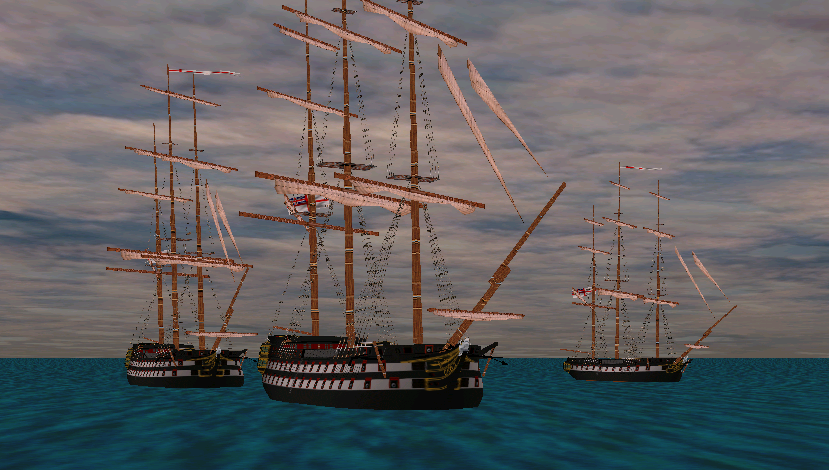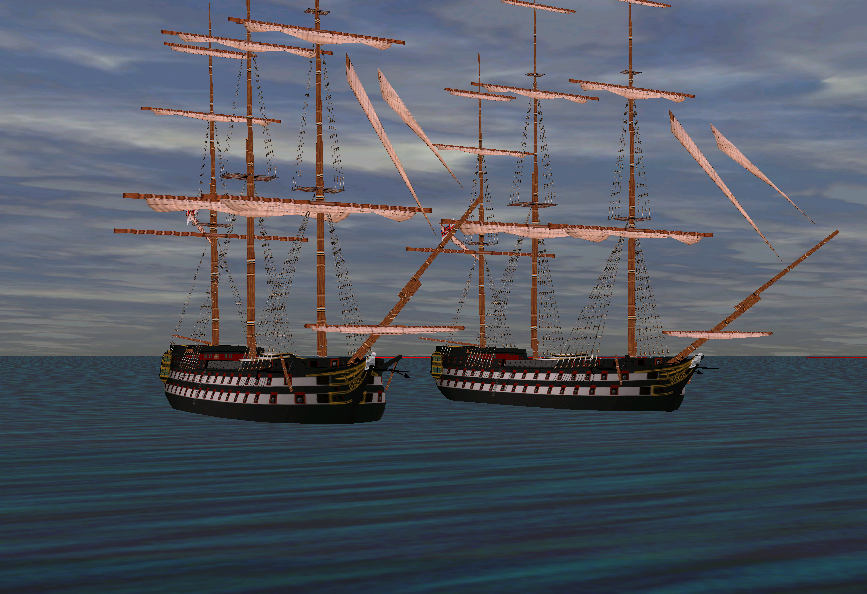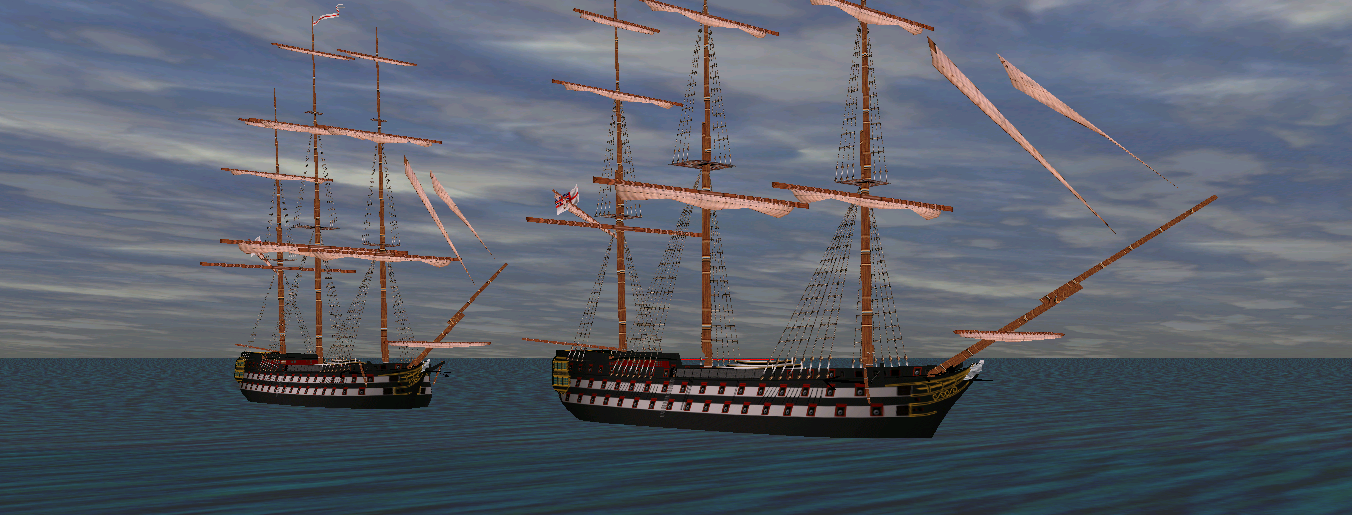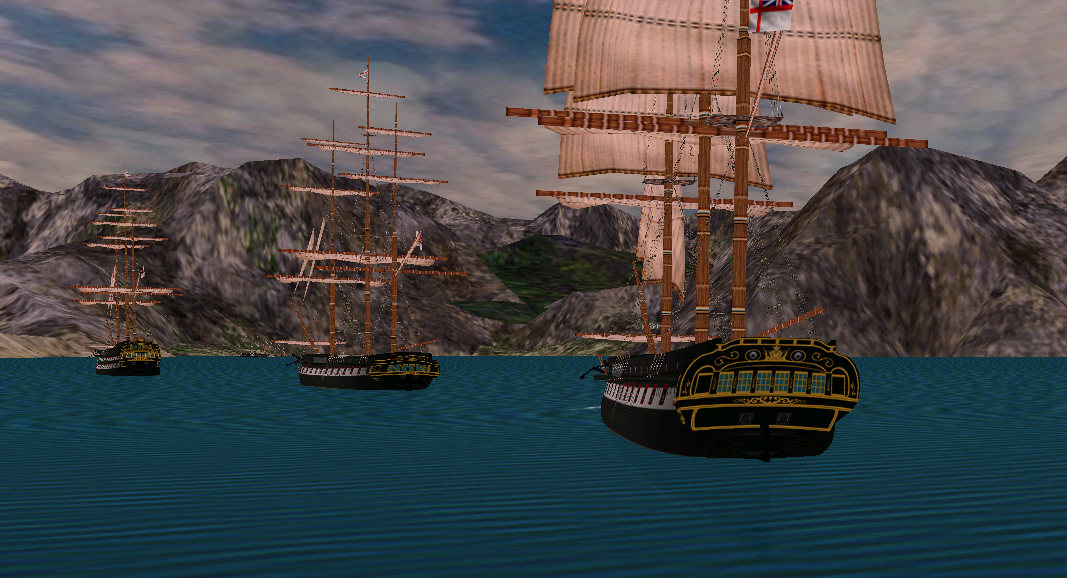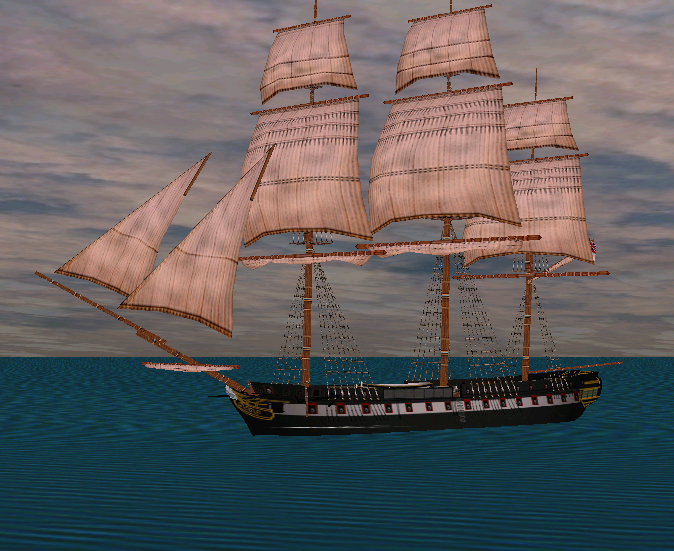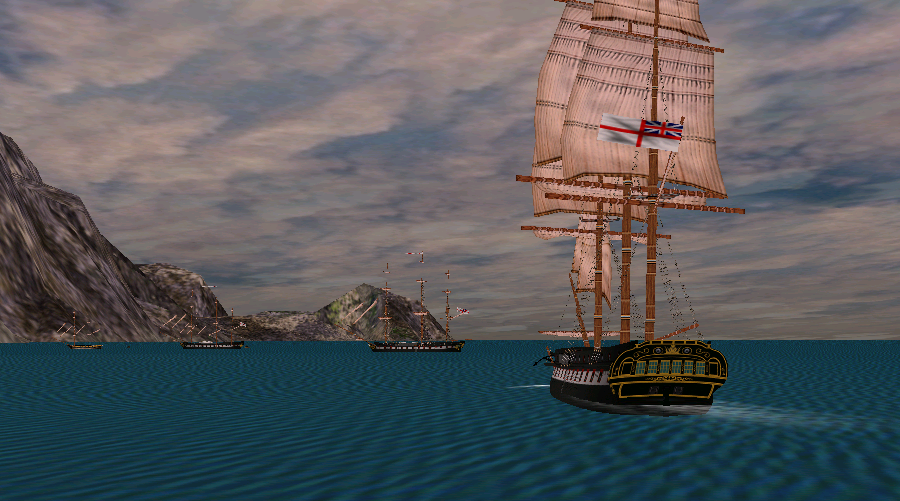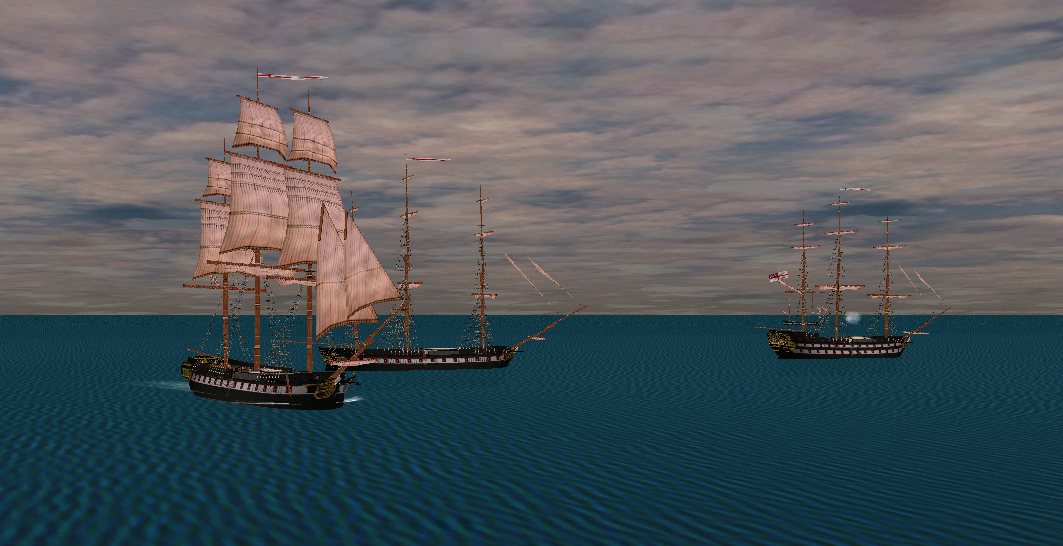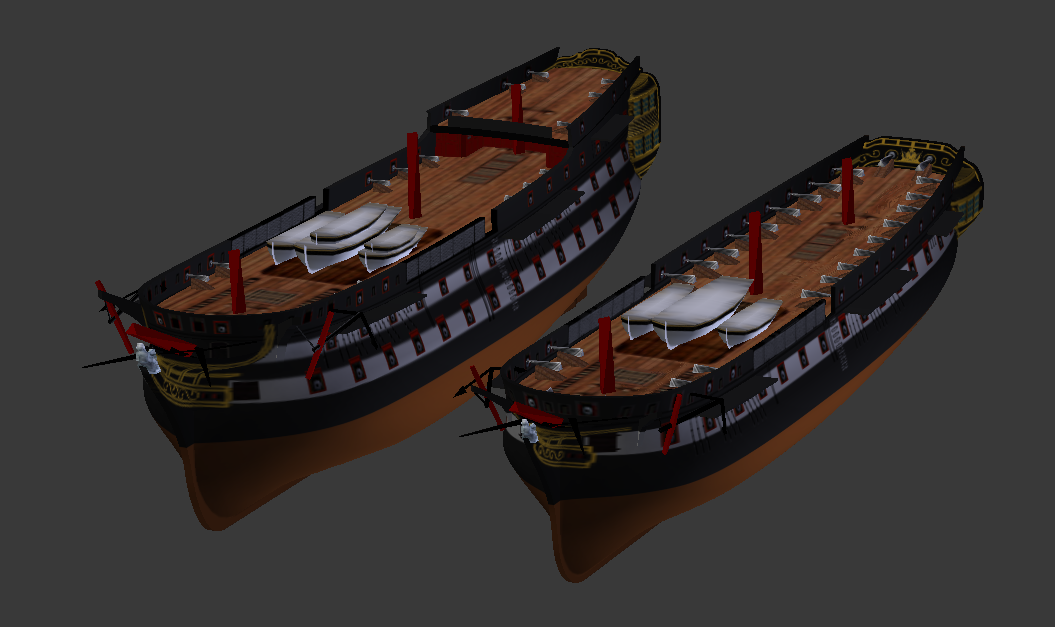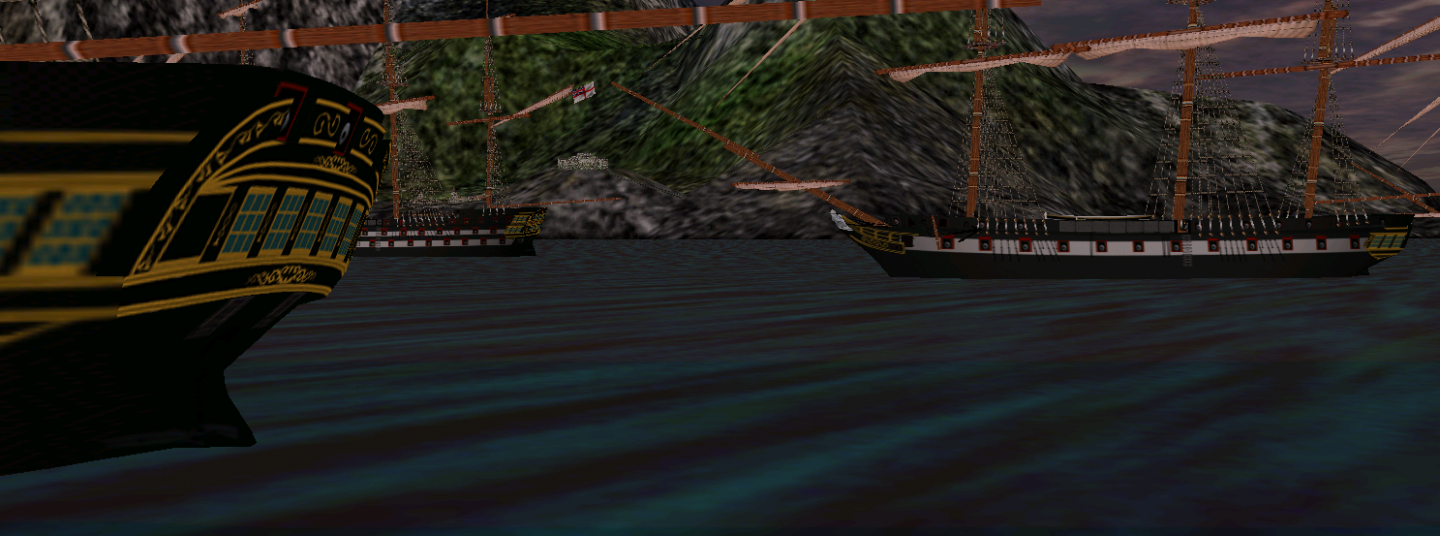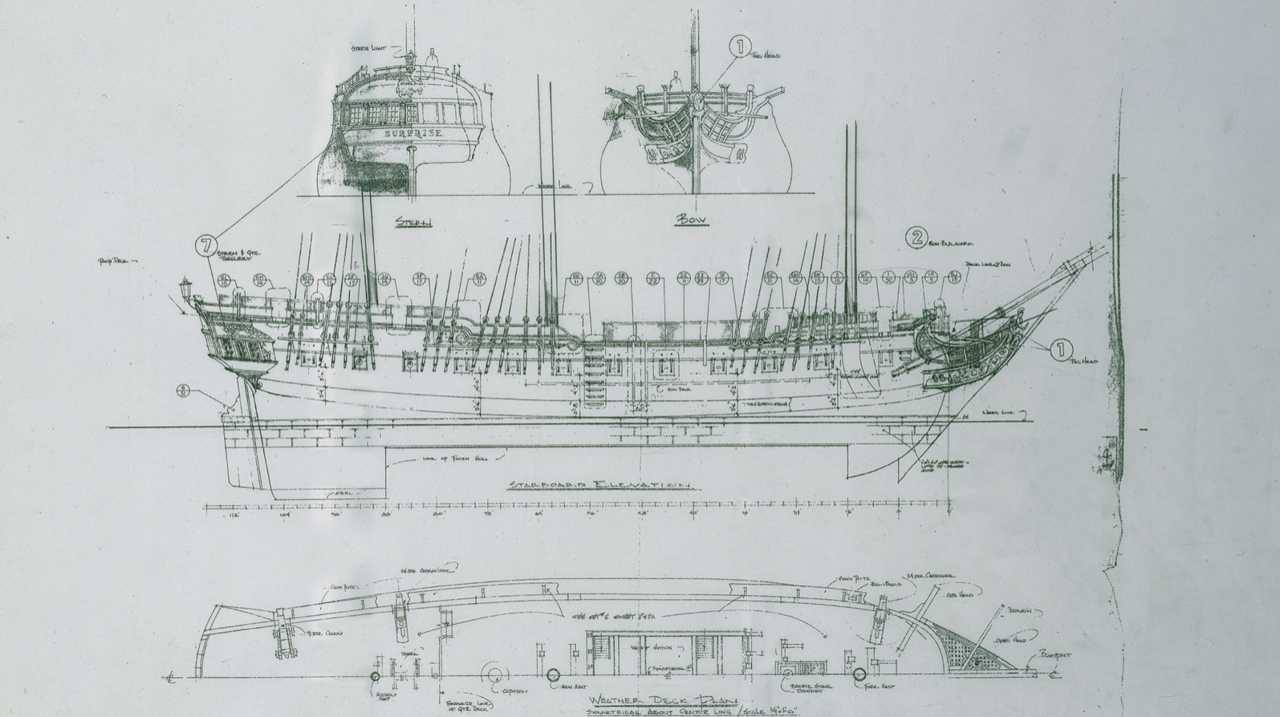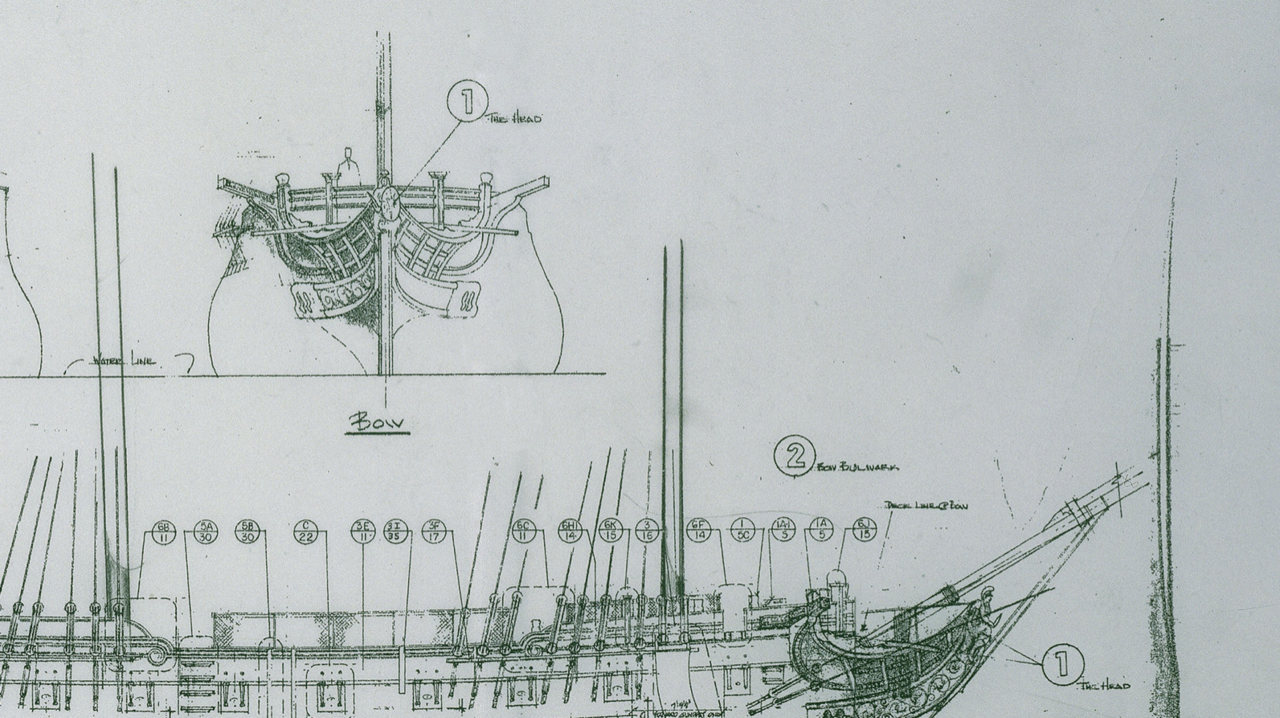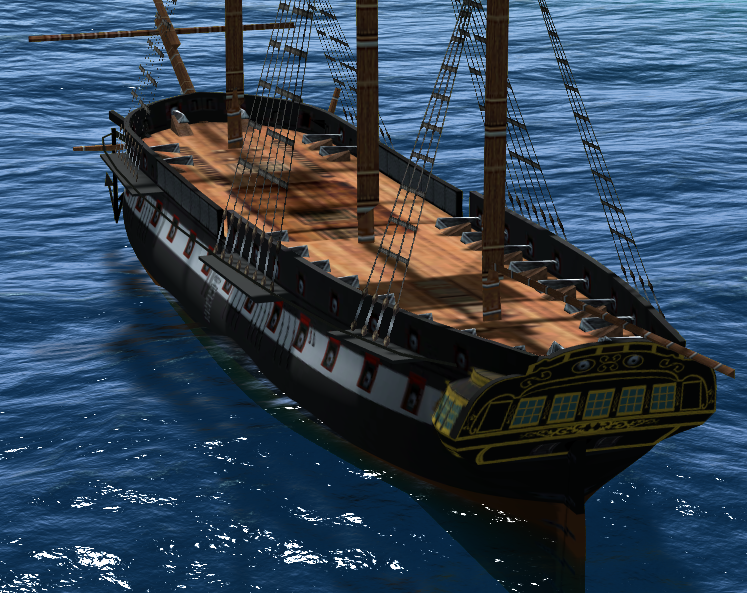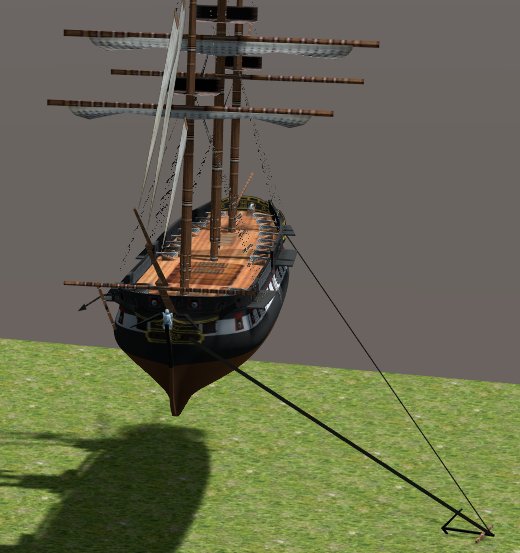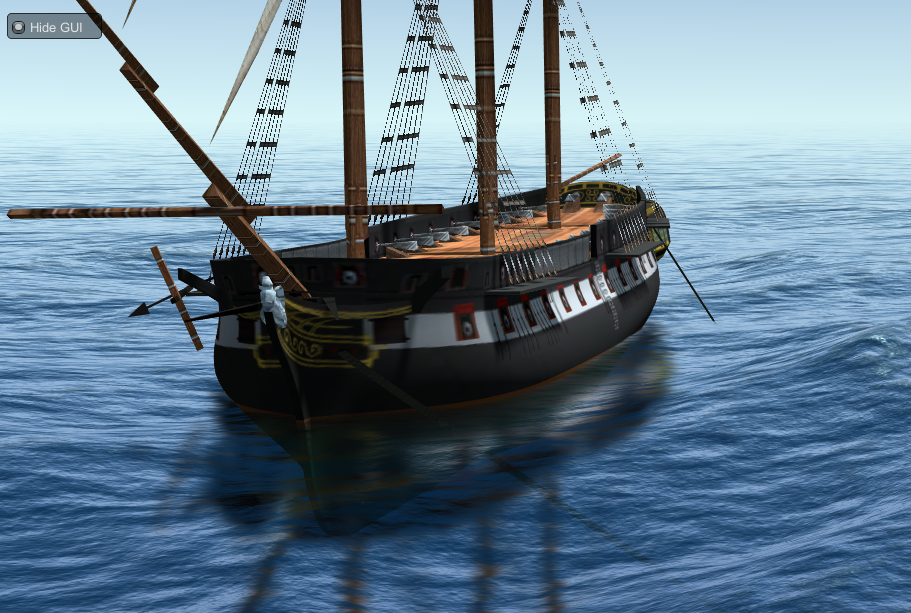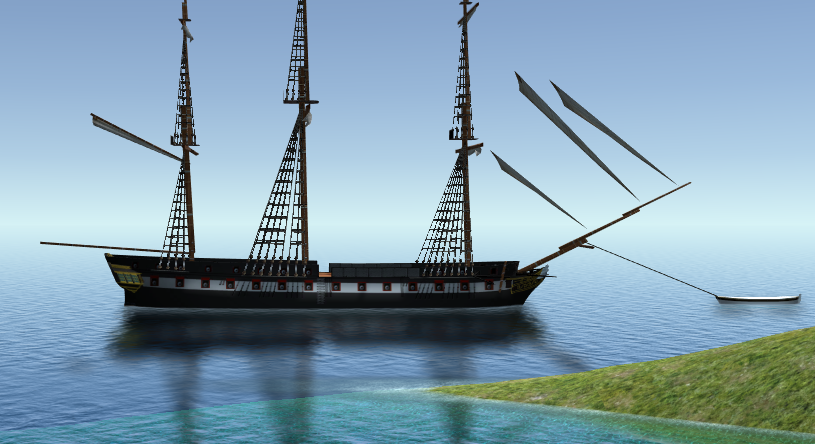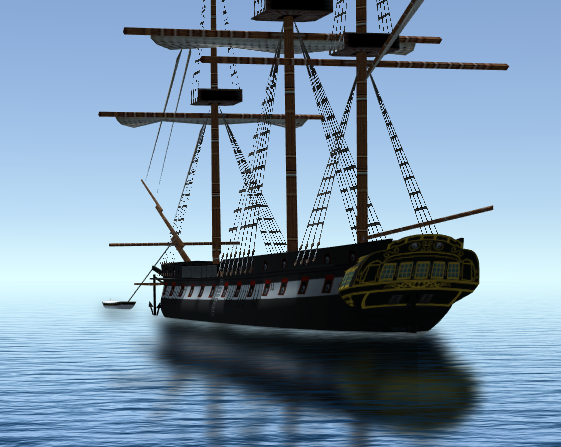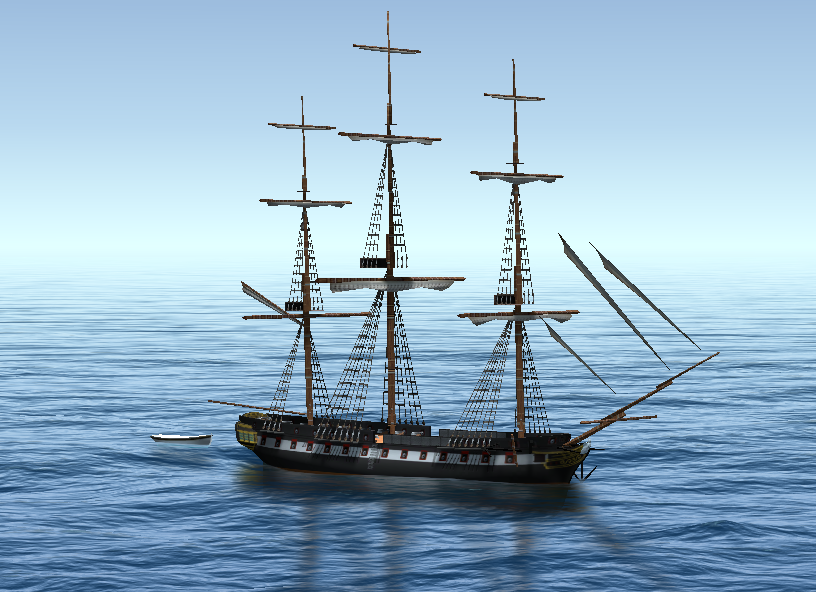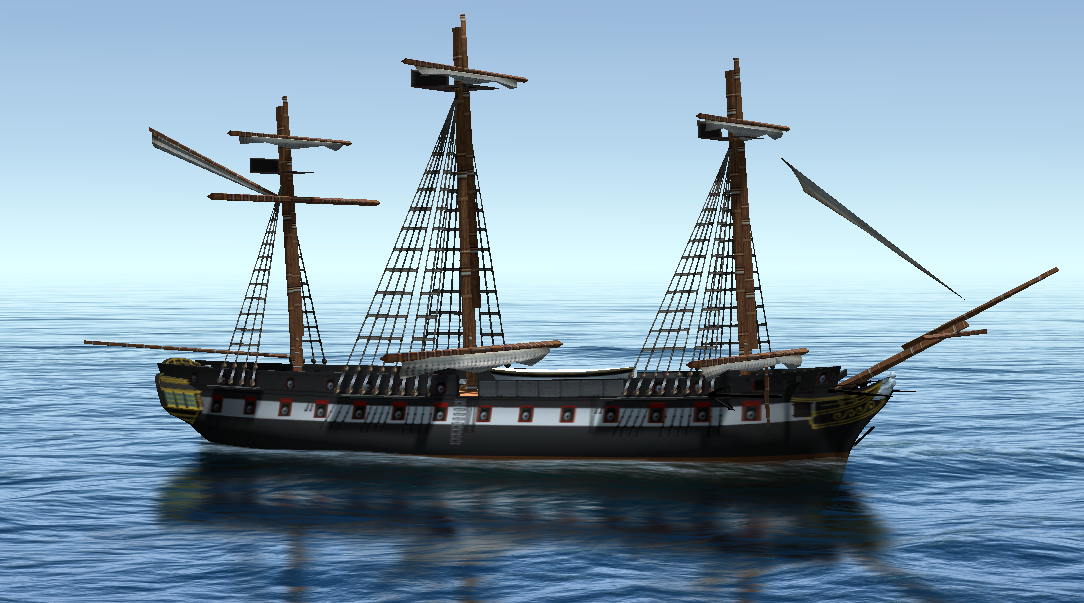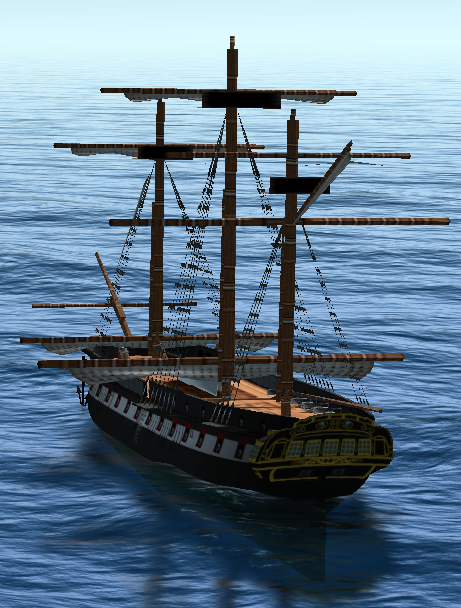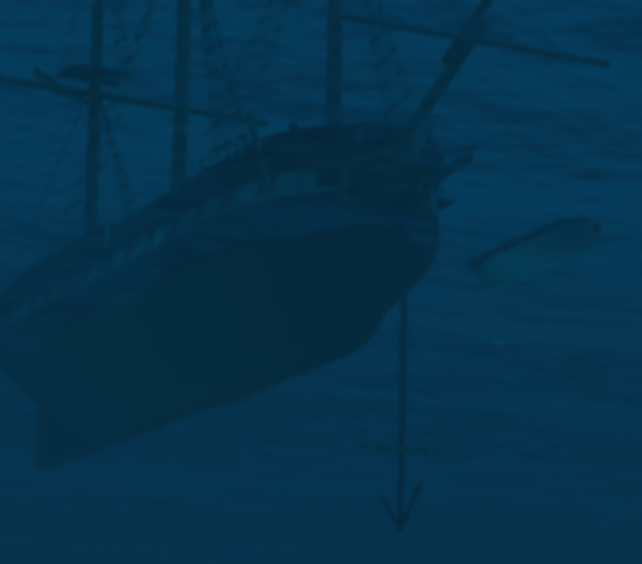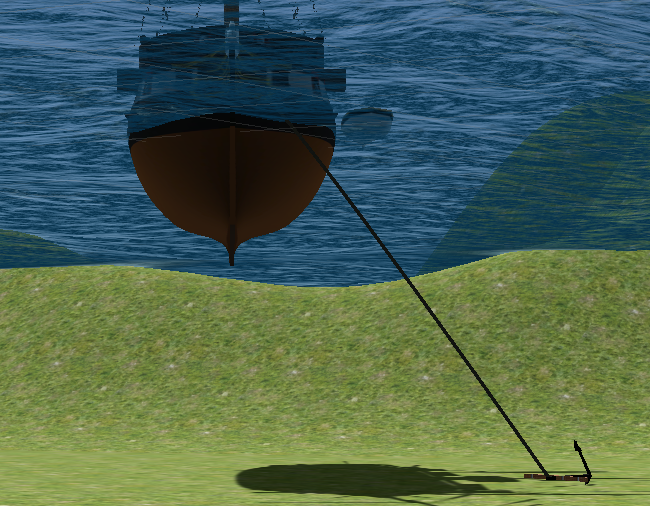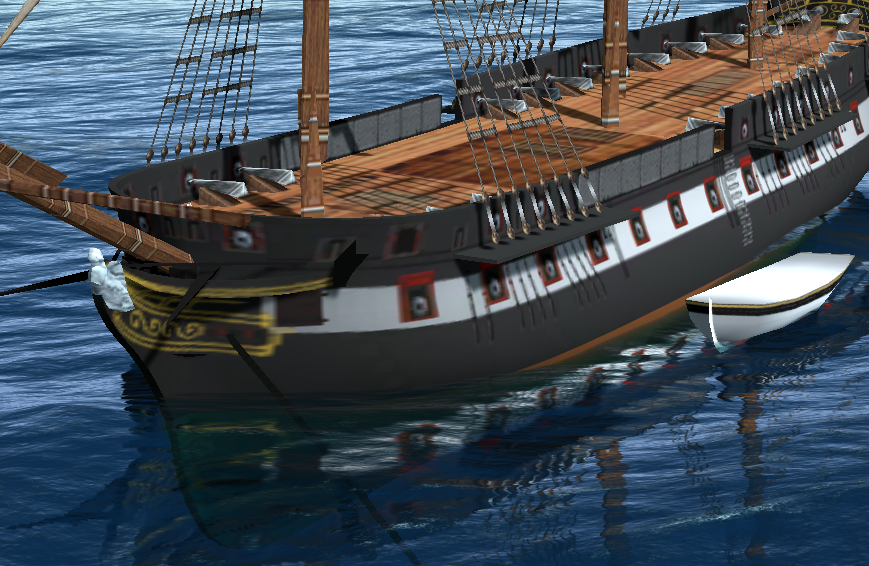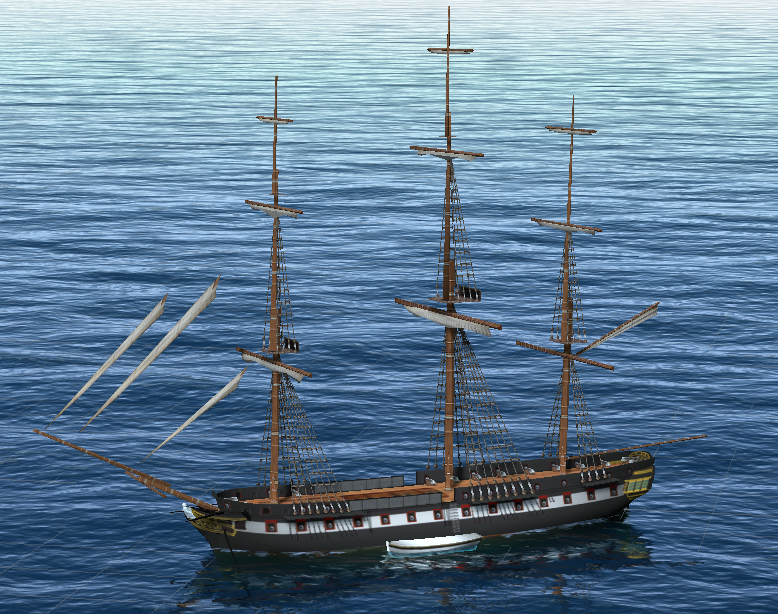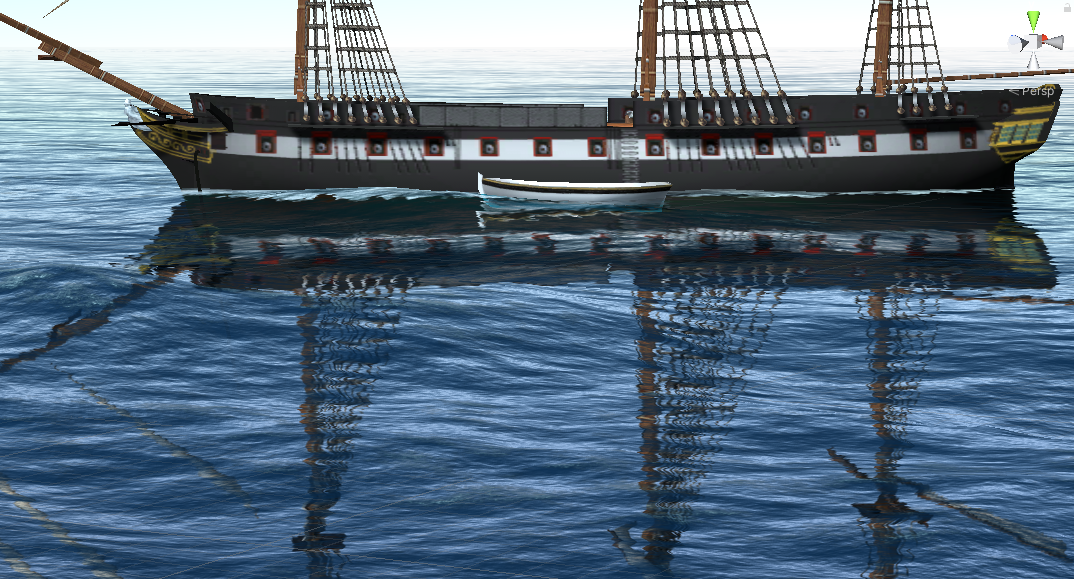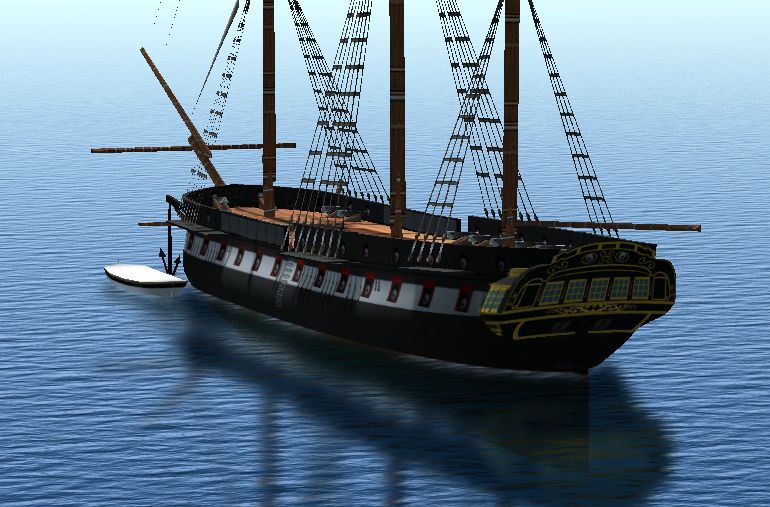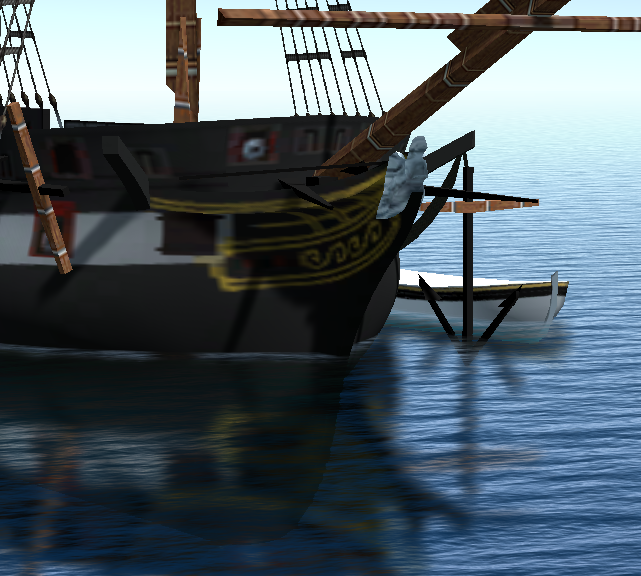-
Posts
981 -
Joined
Content Type
Profiles
Forums
Gallery
Events
Everything posted by Martes
-
"Royal Navy Warship" discovered near Riga in Latvia
Martes replied to Beef Wellington's topic in Nautical/Naval History
Could be RN, could be Russian - it was, after all, Russian territory at the time, and the construction was very similar. Well, should they dig it out, we'll see. -
I know. A spinoff of Naval Action. It's positioned as a remake of AOS2, but inherits the worst parts as well - and adds very limited editability. Horrible controls, no scenario editor, same problem with damage and maneuvering as with everybody else. Calculates wind better, has land combat, but otherwise... Ships can't even tow a boat. Anyway, with all my woes with modern naval games, I am quite content with this old engine and what I did with it, and when it won't be enough, I know which way to approach this subject in Unity. This thread here is to show off the ships
-
I looked at the gameplay trailer, and that "rig sails for speed" command knocked me out, literally. And sinking ships, again. Hell, wooden ships sank in combat so rarely, nobody really remembers when and if it happened. They could burn, they rarely exploded, usually they were captured, but to sink one was while not impossible, but extremely difficult. And the square rig is so fascinating system, it's just a pity modern games use it as a graphical representation of a screw engine, not even understanding it was a thrust-vector. And I can go on and on about this. All the concepts of age of sail combat are different from what we know from later.
-
One of the advantages of not having to cut the gunports is the ability to rearrange them relatively easily. So the I made a slightly different texture to the Albion: To make them look like the Princess Royal or razeed Queens. Underneath it is, for now, the same model, but it would be impossible to tell unless looking at the underwater section Hopefully, it will do for now. The hull shapes became so complex the pauses between finishing the ships are now much longer.
-
Finished rebuilding the L'Egyptienne. Well, not exactly It was a long attempt to make a British frigate if they did build on her lines (on the occasion they didn't, as it was considered too expensive, but the project was considered for some time). I used the NMM plans with a British style stern (as it was actually fitted to her) and slightly straightened the gundeck forward, enclosing the forecastle and adding bridle ports with a late-war head. More or less the changes are similar to the process that most French frigates were subjected to under Large Repair or if a copy was ordered to be built. With very special thanks to @G. Delacroix
-
Thanks for posting her lines! Do you know, if they show the shapes of the frames, or include the plank thickness? Anyway, here is a schematic of her movie configuration I found some time ago - a plan for smaller-scale model used in the movie, actually, but it may be of help recreating the altered Napoleonic style appearance:
-
HMS Dianna modeling
Martes replied to AaronCastor's topic in CAD and 3D Modelling/Drafting Plans with Software
Seeing the direction of your previous work on Sails of Glory, I would almost think that you, @Aidedecamp and myself could discuss some cooperation. -
Experimenting with it, yes. I thought to try to implement things absent in the old game - and those I would really want added - like anchors, towing, boats, tricky sail maneuvering, if I ever get to it. The general idea is to recreate the old functionality with various additions, but that's too broad to consider it seriously at the moment.
About us
Modelshipworld - Advancing Ship Modeling through Research
SSL Secured
Your security is important for us so this Website is SSL-Secured
NRG Mailing Address
Nautical Research Guild
237 South Lincoln Street
Westmont IL, 60559-1917
Model Ship World ® and the MSW logo are Registered Trademarks, and belong to the Nautical Research Guild (United States Patent and Trademark Office: No. 6,929,264 & No. 6,929,274, registered Dec. 20, 2022)
Helpful Links
About the NRG
If you enjoy building ship models that are historically accurate as well as beautiful, then The Nautical Research Guild (NRG) is just right for you.
The Guild is a non-profit educational organization whose mission is to “Advance Ship Modeling Through Research”. We provide support to our members in their efforts to raise the quality of their model ships.
The Nautical Research Guild has published our world-renowned quarterly magazine, The Nautical Research Journal, since 1955. The pages of the Journal are full of articles by accomplished ship modelers who show you how they create those exquisite details on their models, and by maritime historians who show you the correct details to build. The Journal is available in both print and digital editions. Go to the NRG web site (www.thenrg.org) to download a complimentary digital copy of the Journal. The NRG also publishes plan sets, books and compilations of back issues of the Journal and the former Ships in Scale and Model Ship Builder magazines.


